The premiere of Netflix’s Space Force series has launched (pun intended) the U.S. Space Force (USSF) further into the mainstream. While the show is not an accurate depiction of the USSF, it does highlight three takeaways all Americans should understand about their newest service: that the threat to the space domain is real; that the Space Force’s role is largely misunderstood; and that the service requires a culture that cultivates the next-generation of space professionals.
In the very first episode of the show, Steve Carell watches in vain as a Chinese spacecraft physically attacks a newly launched—and extremely expensive – Space Force satellite. While hostile action of this degree has not yet taken place, the scene does underscore the fact that U.S. adversaries are actively developing capabilities to offset our space advantages.
In 2007, China tested an anti-satellite (ASAT) missile, intercepting its defunct satellite while scattering dangerous debris throughout orbit. Since then, enemy technologies have advanced even more, nearing a point when all U.S. satellites could be held at risk. China and Russia have developed satellites capable of shadowing, monitoring, and even threatening other satellites. Opponents can blind or disable our satellites, disrupt critical navigation and communications, and target our vital command and control systems with cyber-attacks. And it’s not just the great power competitors; North Korea, Iran, India and even non-state actors are advancing in this field.
This has obvious repercussions to our national security, as the U.S. has relied on satellites for defense applications like reconnaissance, missile warning, and precision munition delivery for over 60 years. But space has also become indispensable to everyday Americans too. Whether it’s weather forecasting, conducting financial transactions, making passenger air travel safer, or shortening 911 responses, space enables so much of our way of life. Adversaries recognize and aim to undermine this dependence, and that threat is exactly what Space Force is focused on overcoming.
But while the show gets the threat somewhat correct, its depiction of the Space Force’s role is off by a few light years. One of the major plot lines of the show is a mission sending astronauts to inhabit the moon—or in Steve Carell’s words, “Boots on the moon!” A large portion of the public—supportive or not—seems to believe that sending Americans to space is a role of the Space Force. This is an inaccurate depiction. The human space exploration mission remains the domain of NASA, as shown by the recent launch of U.S. astronauts to the International Space Station.
Providing the people and power that protect the space-enabled advantages America and its partners rely on is the mission of the Space Force. This includes a number of duties that servicemembers conduct not in space, but on Earth, including flying GPS satellites, tracking and helping systems avoid over 26,000 pieces of debris, mitigating adversary’s attacks, supplying weather data for military operations, and providing advanced warning to troops and civilians when missiles are inbound. The role is to protect our country, and their responsibilities keep them on our planet.
Finally, the show highlights the importance of building a new service culture focused on the unique needs of interacting with the space domain. The show’s leader of Space Force, General Naird, is a fighter pilot, not a space professional. This leads to head-scratching decisions and heavy reliance on his staff in pressure-filled situations. Fortunately for General Naird, he is surrounded by a diverse and talented workforce steeped with space-specific expertise—the exact type of workforce Congress has encouraged the real Space Force to build.
Crafting the cadre of the Space Force can’t be done like in the past. The service must build a unique profession for a modern domain, creating space advocates who merge military expertise and leadership with technical mastery of space systems. Civilian and uniformed members alike will need the ability to synchronize existing and emerging technology to overcome today and tomorrow’s threats. The Space Force should set the pace for Defense Department workforce reform, sharing what it’s learned to help improve our entire armed services. If done right, General Jay Raymond, the real head of Space Force, will be the envy of every service chief with his flexibility to fill the Space Force with America’s top talent. And 30 years from now, the members of the Space Force will be recognized – even more so than today – as the world experts in space security.
Space Force the show has come to an end with mixed reviews. But the story of the U.S. Space Force is just beginning. That’s why understanding the threat facing the U.S. space enterprise, the role this new service fulfills, and the need for experts to fill the ranks and build its culture is more important than ever. As a service – and as a country – we cannot afford mixed results. But with the right policy, funding, and bipartisan support, this new service has to potential to not only inspire future spin-offs, but also secure U.S. leadership in space today and into the future.

